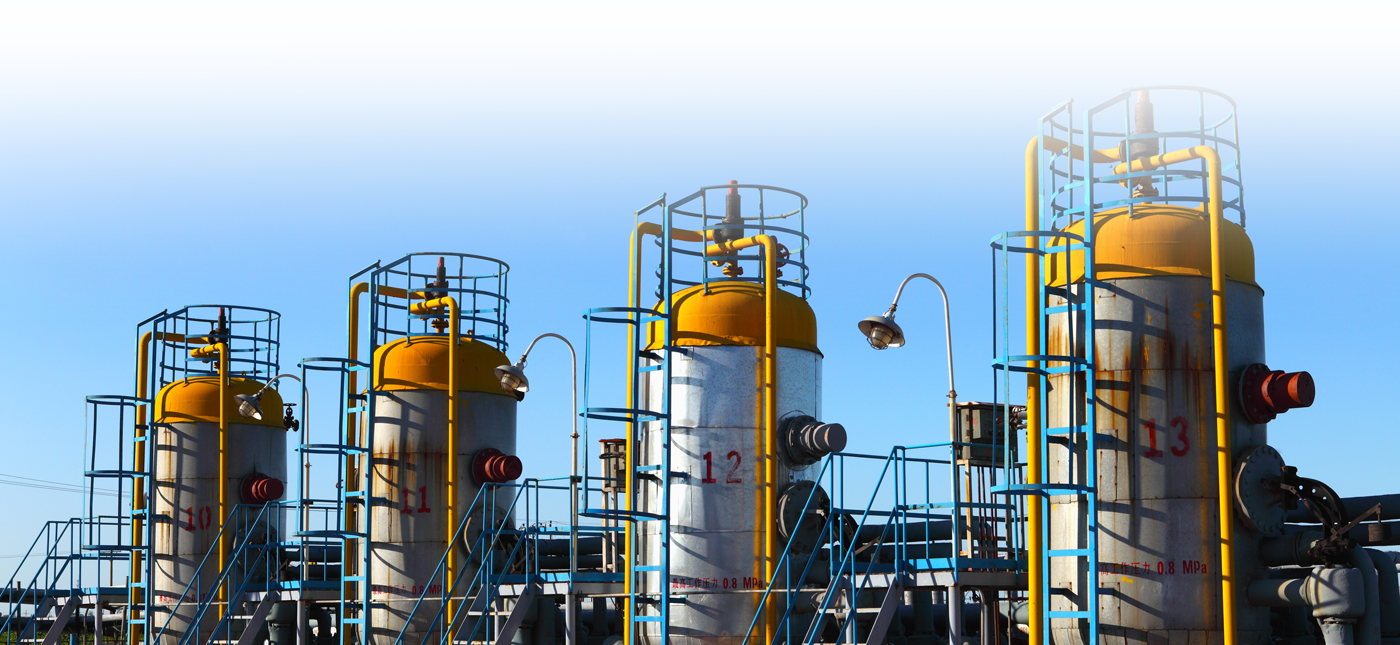Torsional Vibration
Engine Crankshaft Failures Due to Torsional Natural Frequency Excited by Dual Fuel Operation
Paper No. 112
By Troy Feese and Greg Beshouri
Torsional Vibration Symposium 2022 – Salzburg, Austria
Abstract
Two diesel engine–generator systems were originally built and certified for emergency power at a nuclear power plant. Now these systems are repurposed for continuous power generation in South America. The engines were converted by the OEM to operate on dual fuel due to reduced energy cost of natural gas using the OEM’s obsolescent dual fuel technology. Two failures of the engine crankshafts have occurred after the conversion. In both instances, spiral cracks occurred in the engine crankshaft between throws 7 and 8 (flywheel end), which is indicative of high torsional vibration. Through torsional analysis and field measurements, the root cause for the crankshaft failures was found to be excitation of the first torsional natural frequency (TNF) by the 4th engine order. When operating on diesel fuel, for which the units were originally designed and tested, the 4th engine order is low amplitude and stable. However, when operating the engine in dual fuel mode, the amplitude of the 4th order varies considerably and can be quite high. Measured pressure traces in the engine cylinders showed increased variation with dual fuel versus diesel. The difference in excitation created by dual fuel versus diesel combustion, coupled with the generally stochastic nature of gaseous combustion, results in excitation at the 4th engine order that had not been previously recognized. Recommendations are made to improve the reliability of the engine operating with dual fuel.
